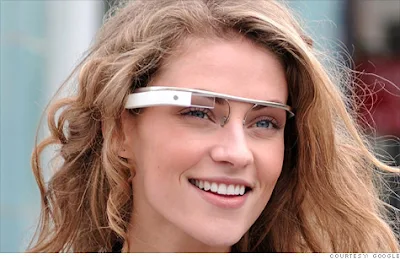Google Glass in Constructing Aircraft Wire Harnesses
Google’s enhanced reality eye wear, Google Glass may have been a big consumer failure but it still has been making its way in the workflows of professionals. In a report of CIO.com, some members of research and technology division of Boeing have stated that they had utilised the original Google Glass in constructing aircraft wire harnesses.
According to CIO, since planes tend to contain enormously messy and complex webs of wires in connecting electrical system, and technicians would have to manually build them out, a painstaking process created on PDF assembly guide seen on a laptop screen. Replacing the computer display with glass, Boeing has stated that it tends to decrease production time for the harnesses by around 25% cutting error rates in half.
The history of Boeing with AR glass dates back to 1995 when it had tested with early head mounted displays and elementary software. Because of the battery, network and size constraints, it was not a practical scheme but due to reduction in cost and exponential jumps in computing power, Boeing can utilise wire-free device such as Google Glass in accomplishing tasks. Jason DeStories, a R&D engineer with Boeing Research and Technology had a demo designed for harness assembly utilising the first openly available Glass units.
Project Juggernaut
The software was named Project Juggernaut by the team though it was not capable of obtaining information from Boeing’s records in real time. In order to attain an enterprise-grade app for Google Glass, Boeing had put out a proposal and had drawn the attention of APX Labs, who was the manufacturer of smart glasses software platform known as Skylight.
They along with the teams produced a higher quality Glass app which Boeing could hand out to their technicians on the assembly floor. The Skylight app seems to function by enabling a Glass wearer to scan a QR code, which tends to pull the wireless harness software and then scan another code in loading the assembly instructions.
Moreover the app also supports Glass voice commands, enabling users to stream what they are viewing to another technician in the case of something unforeseen. The software was said to be in use only with a small number of Boeing technicians as part of a pilot program which had just came to a close.
New Glass – Focused Exclusively on Enterprise Work
However, the interest of Boeing lies in making Glass and similar AR glasses, a feature on assembly floors and probably even on the International Space Station, though one issue it needs to fix is security. DeStories had informed CIO that `for IT to say, “Hey we’re going to let everything work on the network”, we have to ensure we have information security vetted, we have to make sure we know what kind of IT support we are going to need behind it.
These are the question we are answering right now and we feel like we are very close to being on a truly connected solution’. As Google seems to build out an official successor to its original Glass platform, there could be some expectation for Boeing in this regard.
The new Google Glass that is yet to be declared to the public is said to be focused exclusively on enterprise work. Last year images of the device went up in FCC filings and it has been rumoured that the new Glass will be having a larger prism display, together with a faster processor, better battery life along with 5 GHz Wi-Fi provision.













